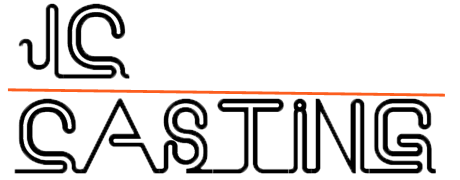Casting is a metal manufacturing process. It is that liquefied molten metal material is poured into the cavity of a specially designed mold. Then allowed to solidify. The solidified part is also known as the casting workpiece. If necessary, the casting will be machined or used as a final product
With technological development, metal casting is playing a greater role in our everyday life. Casting methods are typically used to create intricate solid and hollow shapes. The cast products are found in a wide range of applications. Such as automotive components, aerospace parts, Marine Part, Construction Industry.
Different Types of Casting and the Casting Process
Although casting is one of the oldest manufacturing techniques. The modern technical development in the casting field has led to a broad array of specialized casting methods. Such as Sand Casting, die-casting, investment casting, plaster casting. each of them provides its own unique manufacturing benefits. Today, let’s compare the Different Types of Casting and the Casting Process. To know their advantages and disadvantages. It is useful for you to select the best-suited method for your project.
Sand Casting
Sand casting typically relies on silica-based materials, such as synthetic or naturally-bonded sand. Casting sand generally consists of finely ground, spherical grains that can be tightly packed together into a smooth molding surface. The casting is designed to reduce the potential for tearing, cracking, or other flaws by allowing a moderate degree of flexibility and shrinkage during the cooling phase of the process. The sand can also be strengthened with the addition of clay, which helps the particles bond more closely. Automotive products such as engine blocks are manufactured through sand casting.
Sand casting involves several steps, including patternmaking, molding, melting and pouring, and cleaning. The pattern is the form around which the sand is packed, usually in two parts, the cope and the drag. After the sand is compacted enough to replicate the pattern, the cope is removed and the pattern extracted. Then, any additional inserts called core boxes are installed and the cope is replaced. After the metal has been poured and solidified, the casting is removed, trimmed of the risers and gates that were used in the pouring process, and cleaned of any adhered sand and scale.
Sand casting advantages
• Relatively inexpensive production costs, especially in low-volume runs.
• The ability to fabricate large components.
• A capacity for casting both ferrous and non-ferrous materials.
• A low cost for post-casting tooling.
Sand casting disadvantages
Despite its benefits, sand casting yields a lower degree of accuracy than do alternate methods and it can be difficult to sand cast components with a predetermined size and weight specifications. Furthermore, this process has a tendency to yield products with a comparatively rough surface finish.
You can view: to find more info and products of Sand Casting. We are Sand Casting Manufacturer in China.
